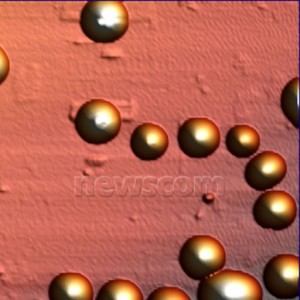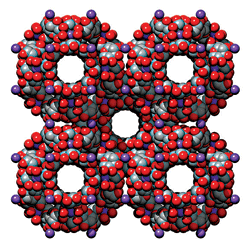Publicaciones etiquedatas ‘nanostructure’
Nanoestructuras comestibles (CD’s)
Azúcar, sal, alcohol y un poco de casualidad dirigió a un grupo de investigadores de la Universidad de Northwestern a descubir una nueva clase de nanoestructuras, que además son comestibles.
Leer completo | Comentarios desactivados en Nanoestructuras comestibles (CD’s)
Material orgánico más fuerte… (en)

Equipo de nanotecnología reporta el material orgánico más fuerte jamás desarrollado. PRNewswire London September 29. TEL AVIV Israel
Equipo de nanotecnología reporta el material orgánico más fuerte nunca antes desarrollado
TEL AVIV, Israel, September 29, 2010 /PRNewswire/ — A revolutionary new spherical nanostructure, fully derived from very simple organic elements, yet strong as steel, has been developed and characterized at the laboratories of Ehud Gazit of Tel Aviv University and Itay Rousso of the Weizmann Institute of Science. Lightweight and exceptionally strong, easy and inexpensive to produce, friendly to the environment and biologically compatible, these promising bio-inspired nano-spheres have innumerable potential uses – from durable composite materials to medical implants. The groundbreaking work was recently published in the leading journal Angewandte Chemie.
Leer completo | Comentarios desactivados en Material orgánico más fuerte… (en)

